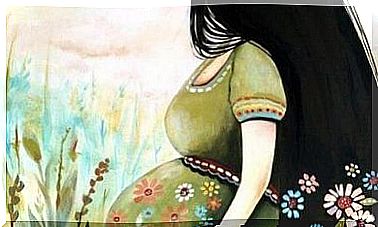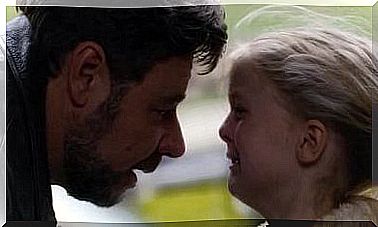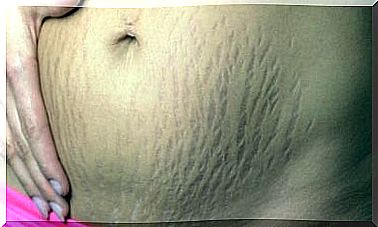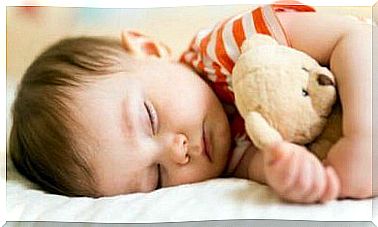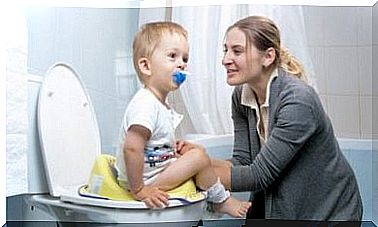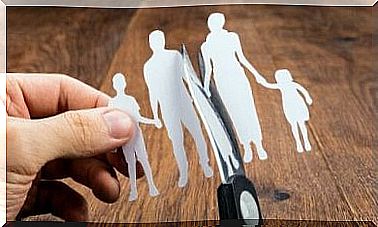The Second Month Of Life

The second month of your baby’s life brings a better coordination of his senses with it. It will be much more active than before if it has slept practically all day by then. This is a good time to interact with and stimulate your baby.
These exciting changes arouse great enthusiasm among parents as they can see how their child is developing. Your little one makes its first noises and perceives voices and noises around them.
You will find that your baby is much more attentive to what is going on in the environment. However, it is still unable to identify the sources of the noise and lights.
The second month of life: characteristics
At this stage of life, your child shows the following characteristics:
- Your baby can hold his head up for a period of time.
- After two months, babies can move their eyes and head to follow the movements of someone or something.
- You will see your baby’s first smile. And it will be the first of many! Don’t forget to take photos!
- Although your child can move their extremities, they still don’t have enough coordination to hold onto objects.
- If possible , your breast milk should be the only source of food for your baby. Unless circumstances dictate that you need to feed your baby with formula.
- Your baby’s biorhythm will change slightly. It can take up to 5 days without a diaper becoming soiled. There is nothing to worry about. It is because breast milk produces hardly any waste. However, if your child drinks formula, the diaper is likely to be full more often.

The second month of life: physical changes
When it comes to nutrition, babies in the second month of life drink an average of 5 to 6 grams each day, 5 to 6 times a day.
There are several factors that affect weight and height. These include weight and height at birth, gender and pregnancy progression at birth.
Most babies weigh an average of 4 to 6 kilograms in their second month of life . As for the size, at this age it is between 50 and 60 centimeters.
As for the baby’s mobility, it will learn new movements by gaining muscle strength and coordination. Your little one is learning to control their body.
If you lay her face down, she may be able to lift her head up slightly with the support of her arms. They can also keep their head straight if you pull them up from the supine position by their arms.
Since a baby’s eyesight begins to improve at this point, it can recognize its parents. This could make your baby smile on occasion.
At the same time, it will react when it sees its mother’s breast or the bottle. Speaking of feeding: after a few weeks of experience, you will notice your child’s improved sucking abilities. The feeding becomes shorter and more effective.
Remember, when we talk about baby development, each baby moves at its own rhythm and pace.
The second month of life: parenting tips
- You must observe and follow your child’s vaccination calendar. Your little one’s immune system is still very vulnerable and vaccination can limit the risk. Keep in mind that your child may have a mild fever in the hours following a vaccination.
- Always be attentive. You should always keep an eye on your baby, even when you put them in bed or on the changing table. Babies can be very restless and although they cannot stand up yet, they can roll and slide while lying down. Be very careful to avoid accidents.
- As far as hygiene is concerned, it is important to change diapers often to avoid skin irritation in the diaper area. It is best to clean your baby with a damp cloth. Most babies this age enjoy a bath. You can take advantage of this and bathe your baby every 1 to 2 days. However, the opinions of experts on the frequency of baby baths differ.

The second month of life: stimulation
The second month in your baby’s life is fertile ground for inspiration. This is because it comes more and more into contact with its environment and also seeks more contact with other people.
The time your baby is awake is of fundamental importance. Talk and cuddle with him and show him his environment. Let your child touch you and discover your body and that of your baby.
When you lay your baby down, lay them face up and hold an object over them. This will help your little one identify the object, focus their vision, and recognize colors, sounds, and movements.
You can also go for a walk with your baby, because your little one is now discovering the outside world. Help him!
